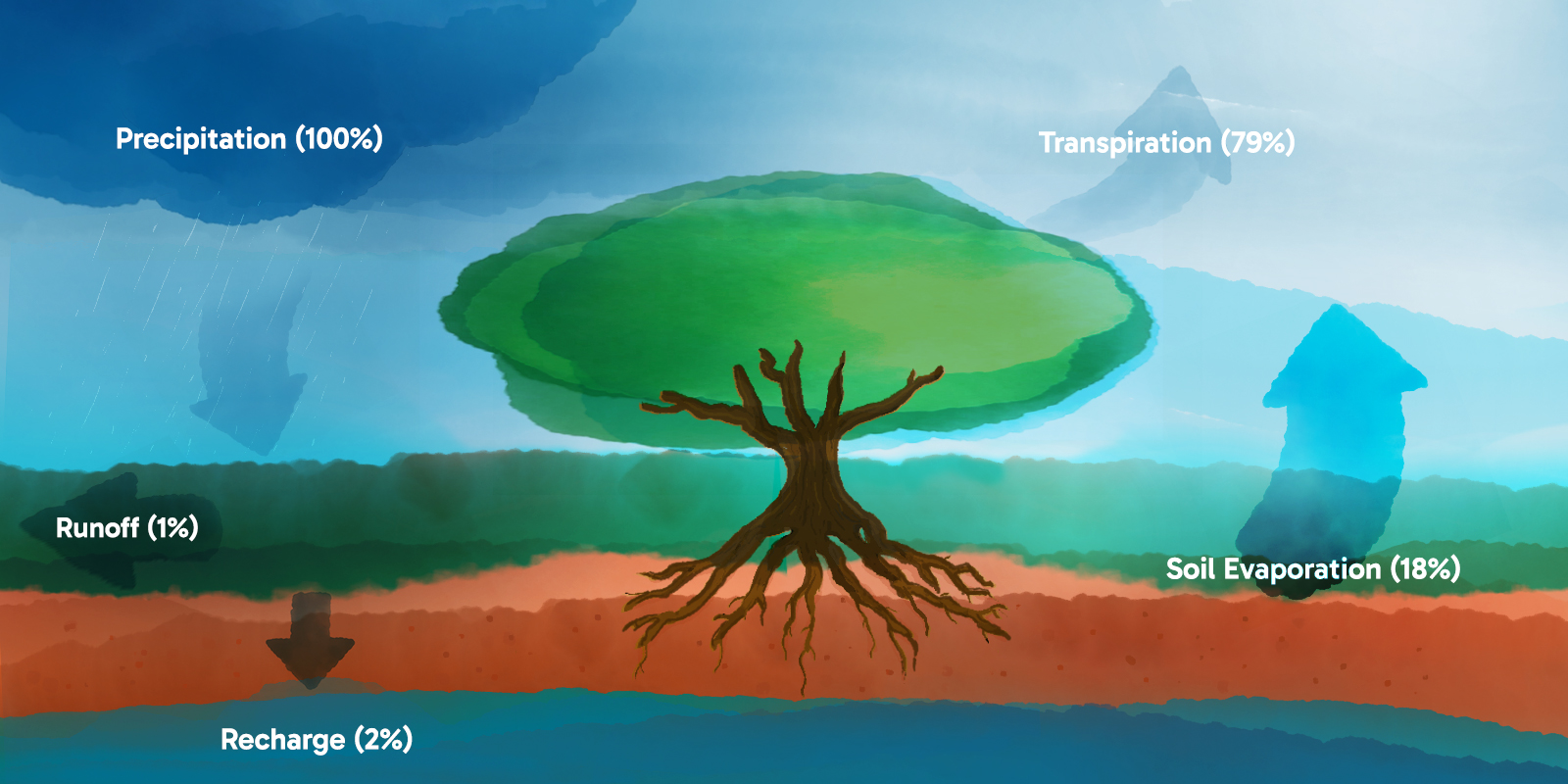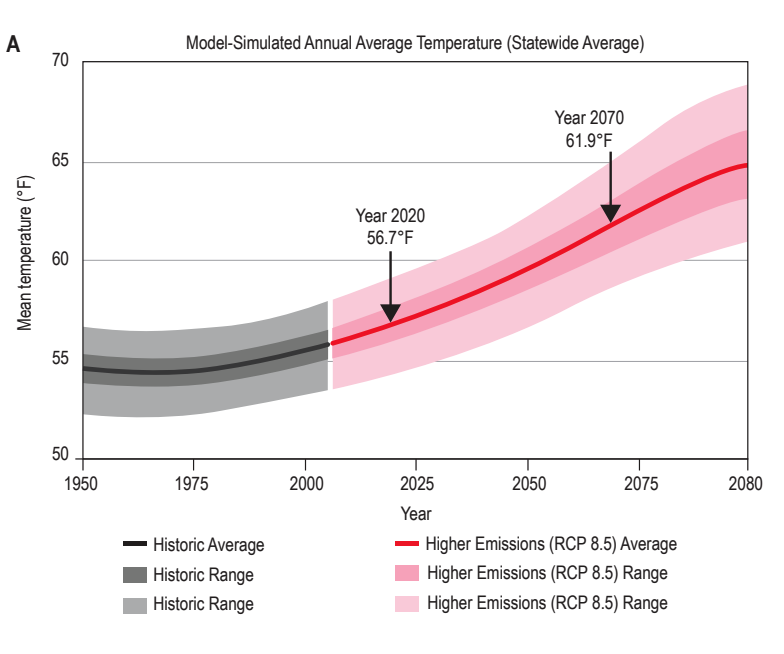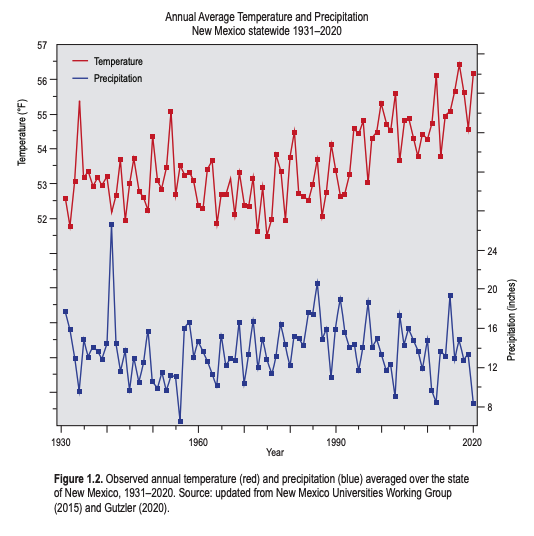What Every New Mexican Should Know About Their Water

Water is a precious resource everywhere, but its importance is magnified in New Mexico’s desert climate. Here are five essential water facts every New Mexican needs to know:
1. All our water comes from rain and snow. Then most of it evaporates…
Our water sources all begin as precipitation (rain and snow). When it rains or snows in New Mexico, over 96% of that water returns to the atmosphere*. Only an estimated 1.6% replenishes streams and rivers as runoff and 1.8% returns to groundwater. This means that New Mexico’s surface and groundwater sources can take a long time to get replenished when they are used.
*17.7% evaporates and 78.9% is used and released into the atmosphere by plants (scientifically known as transpiration). Together these are called “evapotranspiration”.

Dunbar, Nelia Walker, et al. Climate change in New Mexico over the next 50 years: Impacts on water resources. New Mexico Bureau of Geology and Mineral Resources, 2022.
2. Our future looks hotter and therefore dryer. Much dryer.
Water supplies in New Mexico are predicted to decline by 25-30% (and possibly more) in the coming decades. This prediction is mostly due to increasing temperatures (rather than precipitation trends, more on that below…). Hotter average temperatures will cause increased evaporation of surface waters, lower soil moisture levels, thinner snowpacks, and earlier spring melting.

3. Our rain and snowfall is anyone’s best guess.
Unlike temperature, rainfall in New Mexico is all over the map. Over the last hundred years, some years have been good, others not — it is anyone’s best guess. Without a clear increase in precipitation, the hotter conditions lead scientists to confident projections of a dryer New Mexico in the decades ahead.

4. New Mexico will have less water.
When temperatures are hotter, more water evaporates. This is a major concern when we think of the reservoirs that many cities, towns, river flows, and industries rely on. As average temperatures increase, evaporation speeds up, and hundreds of thousands more gallons return to the atmosphere to become clouds and then rain for the cycle to continue.Here’s an example: evaporation from Elephant Butte Reservoir is projected to increase at a rate of about 8 inches per year for every 1.8° Fahrenheit (or 1° C) increase in annual average daily maximum temperature. When we project forward, 50 years from now New Mexico is expected to be 5°F to 7°F hotter on average, which suggests that we’ll be losing an additional 2+ feet of water annually to evaporation.

Credit:Great Timelapser
5. We all need to use less to stay in balance.
What does all of this mean? Over the next 50 years, the climate of New Mexico will almost certainly become warmer and likely drier than at any previous time in human history. So whether we are turning on a faucet or irrigating a field, we all need to use less to stay in balance. We also need to plan ahead, which is what New Mexico is looking to do now through the Water Security Planning Act of 2023. This is not just about individual effort, it’s about community power and planning ahead.
If you’d like to take action in your community, visit the “Get Involved” page to connect with New Mexico’s water planning efforts.
